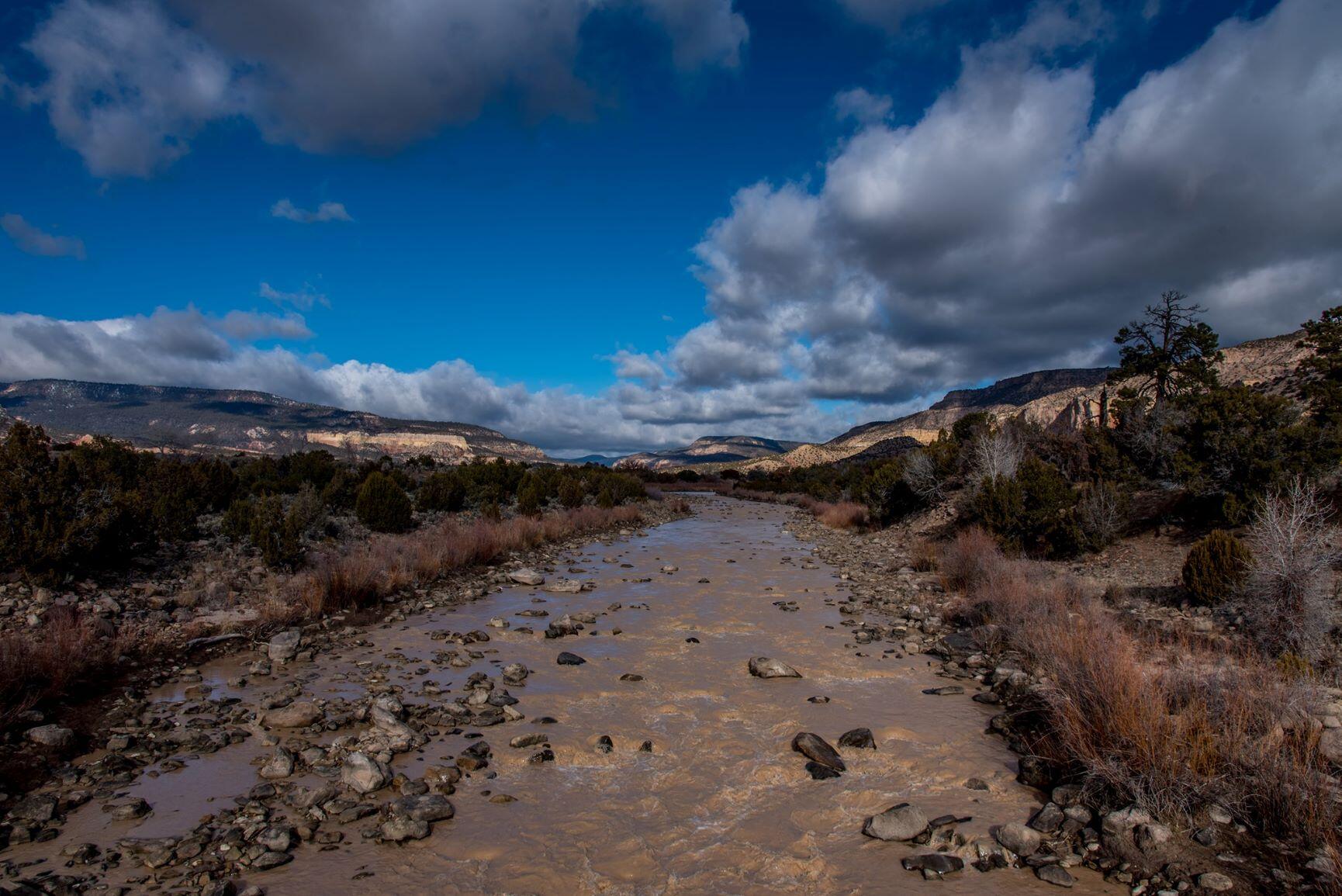It is often said that water is the lifeblood of our rivers and in our moisture-deprived state, these words resound. The timing and endurance of flows in our rivers drives the life cycles of the myriad of species that evolved along our ribbons of life. From the Sandhill Crane to the Rio Grande Silvery Minnow to the Southwestern Willow Flycatcher, the flows in our rivers at the right time, place and amount ensures survival.
Water in the west is managed for both public and private benefit. Any individual or entity wanting to use water must have a legal right to do so—a “water right.” These water rights were obtained from the state over the last century in a priority system and traditionally only granted to irrigators, cities and industries with no guarantee that environmental flows would be maintained. At least that was the case until this past November when Audubon New Mexico was awarded the first-ever in-stream-flow permit for a state-based, privately owned water right. This permit represents a historic step forward for New Mexican rivers and now allows private water right holders the option to lease or sell their water for environmental purposes. This is a big deal because many rivers in New Mexico are over-allocated—there are more water rights on paper than wet water in the rivers—and as droughts become more frequent, there is a need to ensure that our river courses remain vibrant. Prior to this permit, private water right holders did not have the option to use their water for the protection of stream flow. Now that they do, both the water right holder and the ecology of the river system will benefit greatly.
While New Mexico has been one of the last western states to approve of this type of water right, we can boast about having developed other creative mechanisms for enhancing river flows, including the New Mexico Strategic Reserve and the leasing of San Juan Chama water.
The New Mexico Strategic Water Reserve was established in 2005. The Reserve allows for the state of New Mexico to purchase or lease water rights to use for addressing endangered species and interstate compact water needs. The Reserve was largely used on the Pecos River through 2007, with annual budgets ranging from $500,000 to $2,800,000, with some minor transactions in later years on the Rio Grande. Since 2008 the Reserve has largely been left unfunded due to shifts in budget priorities and budget cuts, until this year. During the 2020 New Mexico Legislative session a coalition of non-profits successfully lobbied for a $750,000 revitalization of the Reserve. Audubon New Mexico’s Director of Policy, Judy Calman, played a critical role in this effort and was able to inform key legislators about the importance of funding the Reserve.
Another important mechanism that has been used for maintaining stream flows on the Rio Grande in New Mexico has been the leasing of San Juan Chama water. In case you haven’t heard of this Cadillac Desert engineering feat, San Juan Chama watershed water is diverted from the Colorado River’s San Juan River into the Chama River’s Heron Reservoir using a series of pumps, pipes and ditches completed in 1976 by the Federal Government. The original intent of the project was to provide unallocated Colorado River water to central New Mexican cities, however some water from the project has been available for leasing for other purposes. San Juan Chama water is federally managed (not by New Mexico) and because of this has greater flexibility for in stream flows, especially when meeting endangered species needs. The US Bureau of Reclamation has leased large blocks of this water since 1997 for ensuring the survival of the Rio Grande Silvery Minnow. Audubon New Mexico has been the sole non-governmental organization that has been leasing San Juan Chama water for environmental purposes. Since our initial transactions in 2016, we continue to provide water at critical times to the Rio Grande using leased San Juan Chama water.
If all this makes your head spin, welcome to water-wonk club! The bottom line is that New Mexico has developed a robust suite of tools for keeping water in rivers for environmental purposes and this is especially true for the Rio Grande. Audubon New Mexico has played an instrumental role in all facets of the development and implementation of these tools. Your support and engagement with this work are critical for our rivers moving forward. Stay tuned for opportunities to learn more about New Mexico water issues and information on how you can voice your support for protection of our beautiful rivers!






